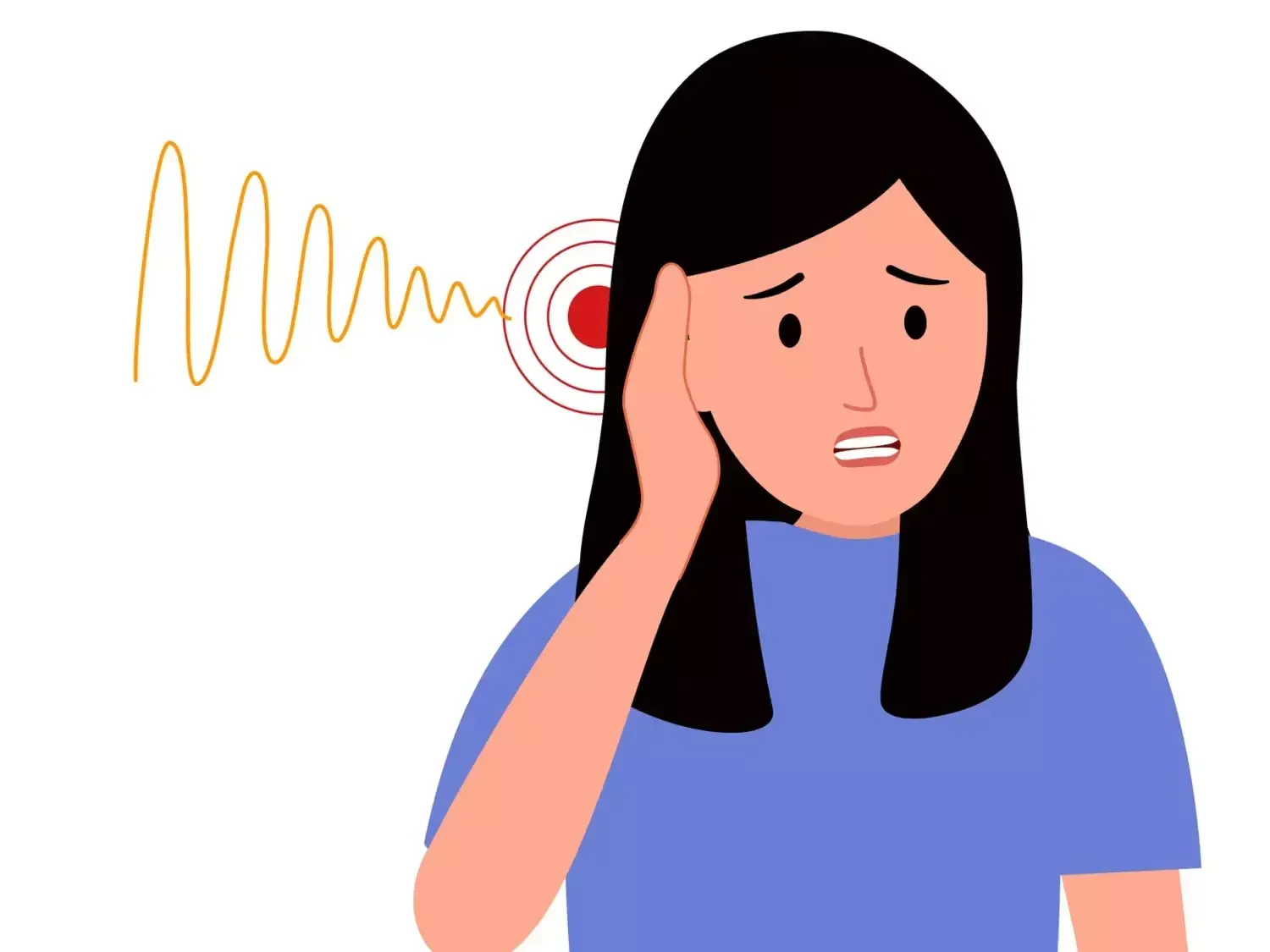What Causes It?
Aging (presbycusis) - Gradual hearing loss that occurs as people get older, often due to changes in the inner ear structures.
Noise exposure - Prolonged exposure to loud sounds can damage the sensitive hair cells in the inner ear that transmit sound to the brain.
Genetic factors - Some forms of hearing loss are inherited and may be present at birth or develop later in life.
Infections - Certain infections like meningitis, measles, mumps, or chronic ear infections can damage hearing structures.
Ototoxic medications - Some antibiotics, chemotherapy drugs, and high doses of aspirin can damage the inner ear.
Illness or high fever - Conditions that cause high fever, such as meningitis, can damage the cochlea.
Head trauma - Injury to the head can damage the ear structures or the auditory pathways in the brain.
Meniere's disease - An inner ear disorder that can cause fluctuating hearing loss, vertigo, and tinnitus.
Autoimmune inner ear disease - The body's immune system attacks the inner ear, causing progressive hearing loss.
Acoustic neuroma - A noncancerous tumor on the vestibular nerve that can cause hearing loss as it grows.
Malformations of the ear - Structural abnormalities of the outer, middle, or inner ear present at birth.
Otosclerosis - Abnormal bone growth in the middle ear that prevents proper functioning of the stapes bone.
Signs & Symptoms
Difficulty understanding speech, even when sounds are loud enough to hear.
Asking people to repeat themselves frequently or saying "what?" often.
Difficulty hearing in noisy environments or group settings.
Trouble hearing high-pitched sounds like birds chirping or children's voices.
Turning up the volume on televisions, phones, or other devices to levels that others find too loud.
Feeling that others are mumbling or not speaking clearly.
Difficulty hearing on the telephone.
Withdrawing from conversations and social situations due to hearing difficulties.
Tinnitus (ringing, buzzing, or other sounds in the ears).
Difficulty locating where sounds are coming from.
Experiencing speech and language delays in children with congenital hearing loss.
